The Hexblade is a subclass that many players have been itching to try in Baldur’s Gate 3 Patch 8, and if you’re one of those looking for the best Hexblade build, we’ve got you covered.
This famous melee Warlock Patron offers incredible damage, durability, and even utility for anyone willing to wield a sword. Here’s everything you need to know about the best Hexblade build in BG3.
Table of contents
What is the Hexblade Patron in BG3?
The Hexblade Warlock in 5E serves as a melee damage dealer. Its abilities focus on bringing the relatively squishy Warlock to the frontlines with amazing abilities like attacking with Charisma, healing on kills, and high AC through Armor Proficiency and magic.
As the subclass continues, characters who take this patron get to summon a Specter, dodge attacks, and even spread curses. At level one, the Hexblade subclass gains Hex Warrior, Bind Hexed Weapon and Hexblade’s Curse, which sets the subclass apart from the rest of the Warlocks.
Is the Hexblade Patron in BG3?
Much to the pleasure of many Warlock players, the Hexblade was added to BG3 in Patch 8. You can select the Hexblade patron as one of your level one Warlock choices.
The Larian devs released the final patch for BG3 on April 15, with plenty of new content for players. One of the additions is new subclasses for each playable class, and the Hexblade was chosen for Warlocks. This means that players don’t need to rely on mods to play the subclass, although there are still plenty available.
There are many, many mods for classes offered by the community for BG3. These mods range from huge additions to subclasses to tweaks and improvements for underrepresented options. At the current moment, the Hexblade—as Wizards of the Coast designed it—is a mod on the Nexus Website, alongside many different invocation and Warlock spells that didn’t make it into BG3.
With the Pact of the Blade, a Warlock may use their Charisma for attack and damage rolls with a selected weapon. With this colossal buff, Warlocks don’t have to scramble for Dexterity to wield a rapier in order to survive and deal damage in melee.
Best Hexblade build without multiclassing
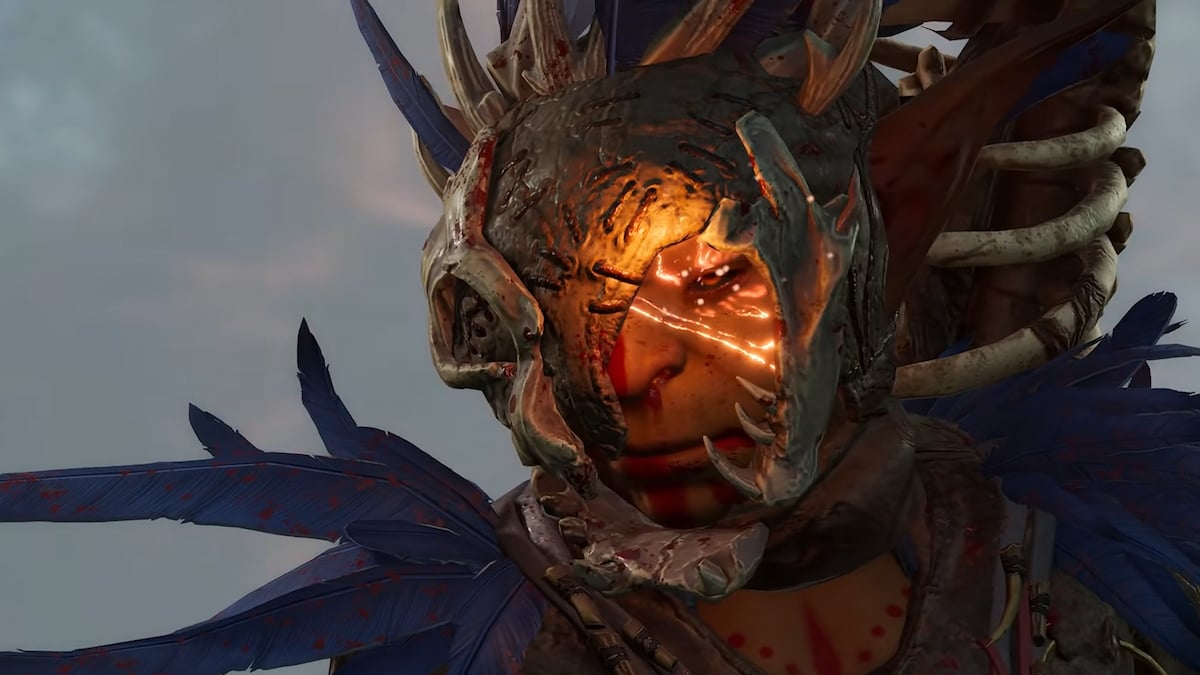
Now that the Hexblade is officially in the game, we can work with authentic builds to highlight some of its shining features. This includes using Charisma for attack, good armor proficiency, and decent defensive spell options. We’ll discuss potential strategies with and without multiclassing.
BG3 is missing a lot of tools that a 5E Warlock has for melee combat. Cantrips like Green-Flame Blade are gone and the invocation list isn’t quite as diverse, but we can still outdo some melee classes if we’re tricky enough.
Races and Ability Scores for Hexblades
Our Race and ability scores are quite important. We want to lock down our AC at around 16 to 18 since we’ll be getting quite a lot of punishment on the front lines. We can do this through two methods: Shield Proficiency or Medium Armor Proficiency. Humans and Half-Elves provide the Shields, while Shield Dwarves and Githyanki provide the Medium Armor.
For Shield-wielding Hexblades, we want:
- Strength 8
- Dexterity 16
- Constitution 14
- Intelligence 8
- Wisdom 12
- Charisma 16
In Leather armor and a Shield, that gives us an AC of 16 to 17 once we find Studded Leather.
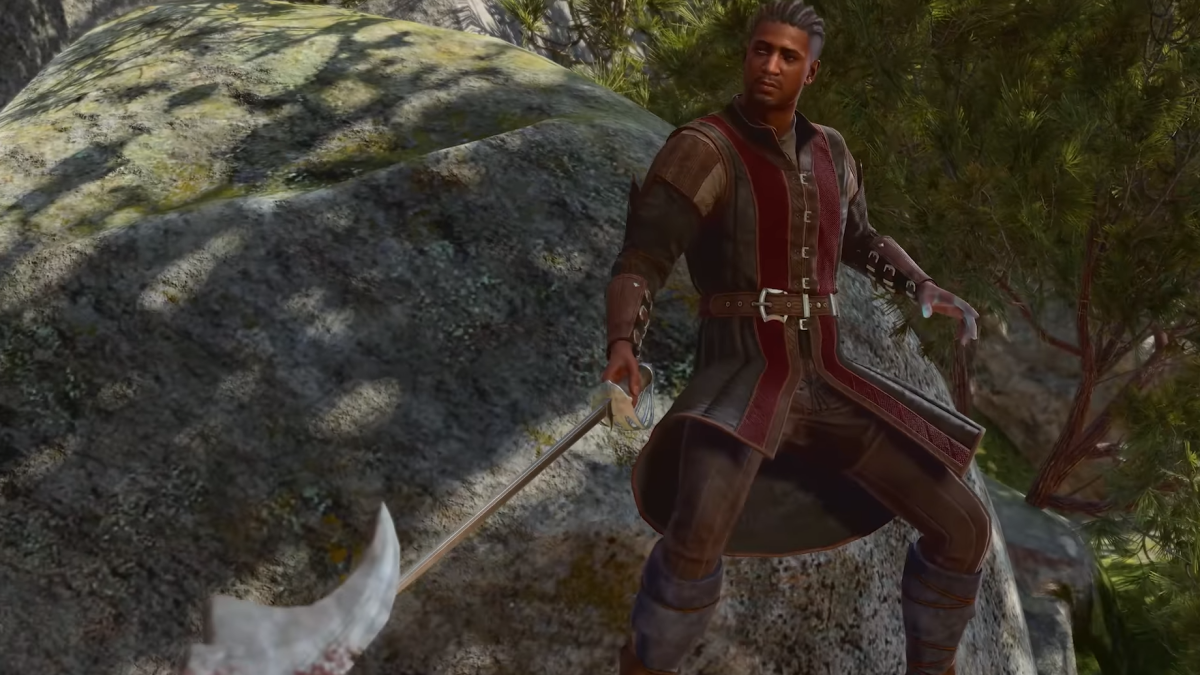
For Medium Armor Hexblades, we can just swap DEX and CON (Dexterity 14, Constitution 16) since Dexterity is locked at plus two for AC with medium Armor. So, with Scale Mail, you’ll be sitting at 16. That’s more than fine for the early game. Without races or multiclassing, we’ll have to wait until level four and take a feat for Medium Armor and Shield proficiency. And I’d much rather get a plus-two to Charisma.
Best Skills for Hexblades
As a Hexblade, you want to be the party’s face. Warlocks are inherently quite good at talking to others, given their higher Charisma, so Deception and Intimidation are shoo-ins.
However, the Beguiling Influence Invocation, taken at level two, can be good for a Warlock looking to get Persuasion. Alternatively, we recommend taking the Guild Artisan background for proficiency in Insight and Persuasion. That lets you take a different invocation.
Best Spells for Hexblades
Make sure you have Eldritch Blast for a ranged option, and an area of effect option like Cloud of Daggers or Hunger of Hadar to help take care of smaller creatures. Utility options like Counterspell can prevent your party from eating Act Two’s Fireballs, or Grant Flight can help your party solve puzzles. The Fiend’s Fireball and Scorching Ray are exceptional burst damage options.
For Mystic Arcanum, Eyebite is a really strong and solid option that is the best one a Hexblade has. The crowd control options that Eyebite offers are staggering, and they last until you take a long rest. That’s a lot of value, perfect for an enterprising Hexblade.
Best Invocations for Hexblades
As you level, you’ll take a total of six Invocations throughout your career. Here are our suggested picks—in the suggested order:
- Agonizing Blast, so your ranged option has some bite.
- Devil’s Sight, because magical darkness is terrible. A higher priority if your race doesn’t have natural darkvision. This also lets you flex Darkness as a combat control.
- Sign of Ill Omen, while thematically appropriate for Hexblades, also allows you to debuff major stats on a combatant, making bosses significantly easier on a failed saving throw.
- Sculptor of Flesh for good combat crowd-control.
- Minions of Chaos to clog fights where a swarm of allies is more useful than Hex or other concentration spells.
- Lifedrinker for endgame damage.
For Warlocks with Shield Proficiency, Armor of Shadows and a Shield can be better than Light Armor, at least until you get magical light armor.
Best Pact and Feats for Hexblade
Make sure that, of all of the Pact options, you take Pact of the Blade. You’ve come all of this way to get CHA to attack and damage, after all.
At levels four, eight, and 12, you’ll also get a Feat. The exceptionally boring, and sadly correct, option is to bump up Charisma by two until you get it to 20. It’s quite literally everything for you. Once you reach level 12, your feat options open up, and you can take some defensive options.
However, the BG3 Pact of the Blade has an option that the tabletop Hexblade doesn’t have easy access to—glaives. Since you can use glaives and spears with Charisma, you can take the Polearm Master feat for at-reach denial and a free bonus action for a spear-butt. With Hex online, you can reach three attacks a turn, the same as Eldritch Blast. Polearm Master, other than Ability Score Improvement, is the best feat for a Hexblade.
If you’re less boring than we are, you can collect feats like Resilient or War Caster for concentration checks, Tough to make yourself a frontline beast, or Great Weapon Master to nuke specific encounters.
Best multiclass Hexblade build

Our doors are wide open if we want to make a 5E-style Hexblade using the multiclass system, and the best build for it is Paladin 2, Warlock 8, Sorcerer 2.
We’ll start as a Paladin, annoyingly enough, since it provides the Armor and Shield proficiencies we need to work with. Once we have one level of Paladin, we will go three deep into Fiend Warlock, dipping a level back into Paladin for Smite and then investing the rest into Warlock.
Once we reach the endgame, we can loop two levels into Sorcerer. Those two levels are important for accessing the Shield spell as well as several defensive options that the Sorcerer has to offer.
Alternatively, focusing on class options that focus on Charisma will also boost your Hexblade Warlock, given the high score you’ll already have in this stat.
Let’s take a deep dive to figure out why these steps are necessary.
The First Level
- Starting Paladin gives us Medium and Heavy Armor Proficiency, Shield Proficiency, good starting Skills, and even good HP. The main issue with going whole-hog into Melee Warlock is that your starting health and AC don’t justify being in melee all of the time. By beginning with Paladin, we’re set up for success.
- Race really doesn’t matter. Low movement speed for the short characters isn’t that big of a deal, nor is having super good Darkvision, thanks to Warlock Invocations. We suggest Gold Dwarf for HP or Mephistopheles Tiefling for the utility and Fire Resistance. But, seriously, don’t worry about it.
- Our Paladin Oath can be any of the three. We like Devotion if your goal is to be the party tank, and Vengeance if you want to tear your foes a new one. Oathbreaker, however, provides a way to do a damage-over-time effect to your opponent, which might fit into the style of Hexblade.
- Ability scores should care mostly about our Constitution and Charisma. Dexterity 14, Constitution 16, and Charisma 16 should be your benchmarks.
- Strength 8
- Dexterity 14
- Constitution 16
- Intelligence 8
- Wisdom 8
- Charisma 16
- If you’re willing to respec at your camp, you can instead use Strength 16, Constitution 14, and Charisma 16 to really hammer enemies early on and then swap to the more standard build once you reach level three Warlock.
- Skills are important for us. You should be the party’s face. So much so that you might even want to invest in the Beguiling Influence Invocation early on, which grants proficiency in Deception and Persuasion. The Paladin can then take Outlander as a background, with Athletics and Survival proficiency. The best skills from the class become Insight and Intimidation, which round out your talking-to-people setup.
Warlock to Three
Once we’ve invested in Paladin, we can safely start getting Warlock to three. While a fighting style, Paladin spells, and Smite are important, we really want that Charisma to attack and damage.
See the above section for what Warlock spells we recommend. We are going to have either the same amount of spell options or slightly fewer, depending on whether we want to invest in Sorcerer. We also go over invocation choices above, though we lose one to two Invocations compared to the pure build.
Take Pact of the Blade at Warlock three. It is the reason we’re running this build at all.
Paladin to Two
Back into Paladin. Now that we have Charisma to attack rolls and damage rolls, we want that second level of Pally for the fighting style (I love Defense, but any taking Great Weapon Fighter improves damage with greatswords by a significant amount), Smite, and spells.

The goal of this build is to maximize the Warlock’s power, so we’re not going to use many Paladin spells. They interrupt concentration too much with their Smites and Compelled Duels. However, Shield of Faith for dangerous hallways is nice, since we don’t have quite as strong defensive options as the standard Hexblade. That also interrupts concentration, but a plus-two to AC is very nice to have.
We took Defense and focused on using a Shield and Longsword for most of the game. While Dueling would have provided a plus-two to damage, we don’t really have the health to take stray hits. The plus-one to AC, while minor, is more “health” than it may look like.
Warlock to Eight, Sorcerer to Two
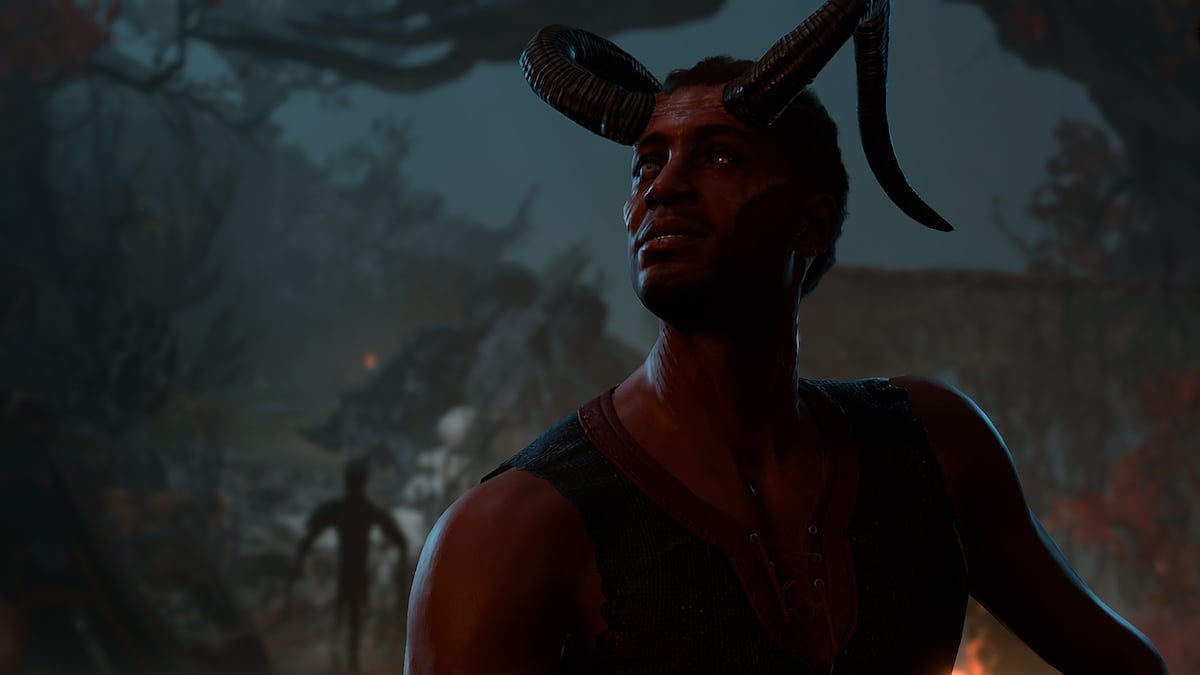
From here, we finish out the Hexblade with Warlock levels while taking a two-level dip into Sorcerer. We’re only really considering this for the Shield spell, which would let us protect ourselves with a titanic plus-five to AC. By going for White Dragon Draconic Sorcerer, we can learn Armor of Agathys, a solid spell to cast to gain Temporary HP.
If we choose this option, our spells are pretty simple: Shield, Feather Fall, Fog Cloud, Longstrider, Sleep. We want stuff that is a valid utility currently, since we only get second-level spell slots.
For Metamagic, we just want Twinned and Distant. Hit more people and hit people far away. Dust our hands off that issue.
If you want to know what feats to take in the multiclass, see the Warlock section. You’ll only get two, though. That usually means 20 Charisma but can mean Polearm Master or Tough for specific party compositions, or if your Warlock is the lucky recipient of Auntie Ethel’s Hair.
Best items for Hexblades
The Hexblade, as a frontline warrior, is privy to Medium Armor, Shields, and Spellcaster Weapons.
- Voss’s Silver Sword works well for Act Three, but any weapon can function as long as it is using Pact of the Blade. The Blood-Bound Blade works great as a generic damaging option.
- The Reaper’s Embrace armor, found on Ketheric Thorm, is perfect for a Paladin/Warlock with high spell DCs.
- The Shield of Devotion grants a first-level spell slot: great for spamming Shield. Admittedly, every spellcaster from Shadowheart to Gale will be wanting this.
- Armor pieces should be a mix of survivability and damaging options.
- Birthright, an item from Sorcerous Sundries, is a great idea for a damage-based helm.
- Quickspell Gloves allow for Blade Ward or Eldritch Blast to be cast as a bonus action once per rest.
- Boots of Persistence solves a lot of problems for our Warlock, from Hold Person to simply not having enough movement speed during turn one.
- Quite honestly, the spare Cloak of Protection we had was too effective to take off. Our Hexblade got hit often and hard without it.
- Jewelry should focus on mobility, a huge weakness of the Hexblade on tabletop and in BG3. The Crusher’s Ring, Amulet of Misty Step, and Killer’s Sweetheart worked especially well for us.
Others Asked
Why is the Monk class considered unique in Baldur's Gate 3?
The Monk class is considered unique in Baldur's Gate 3 because players don’t have access to it via a companion, meaning they have to maximize their potential using the Monk's subclass.
What options do players have when encountering characters in Baldur's Gate 3?
Players can have characters join them in their adventure or they can choose for the characters to perish, giving full control over the story.
What is unique about the 'Jack of All Trades' character build in Baldur's Gate 3?
The 'Jack of All Trades' build is unique because it involves multiclassing into every available class, making the character a level one of each class, and achieving this without the help of Withers to earn the corresponding achievement.


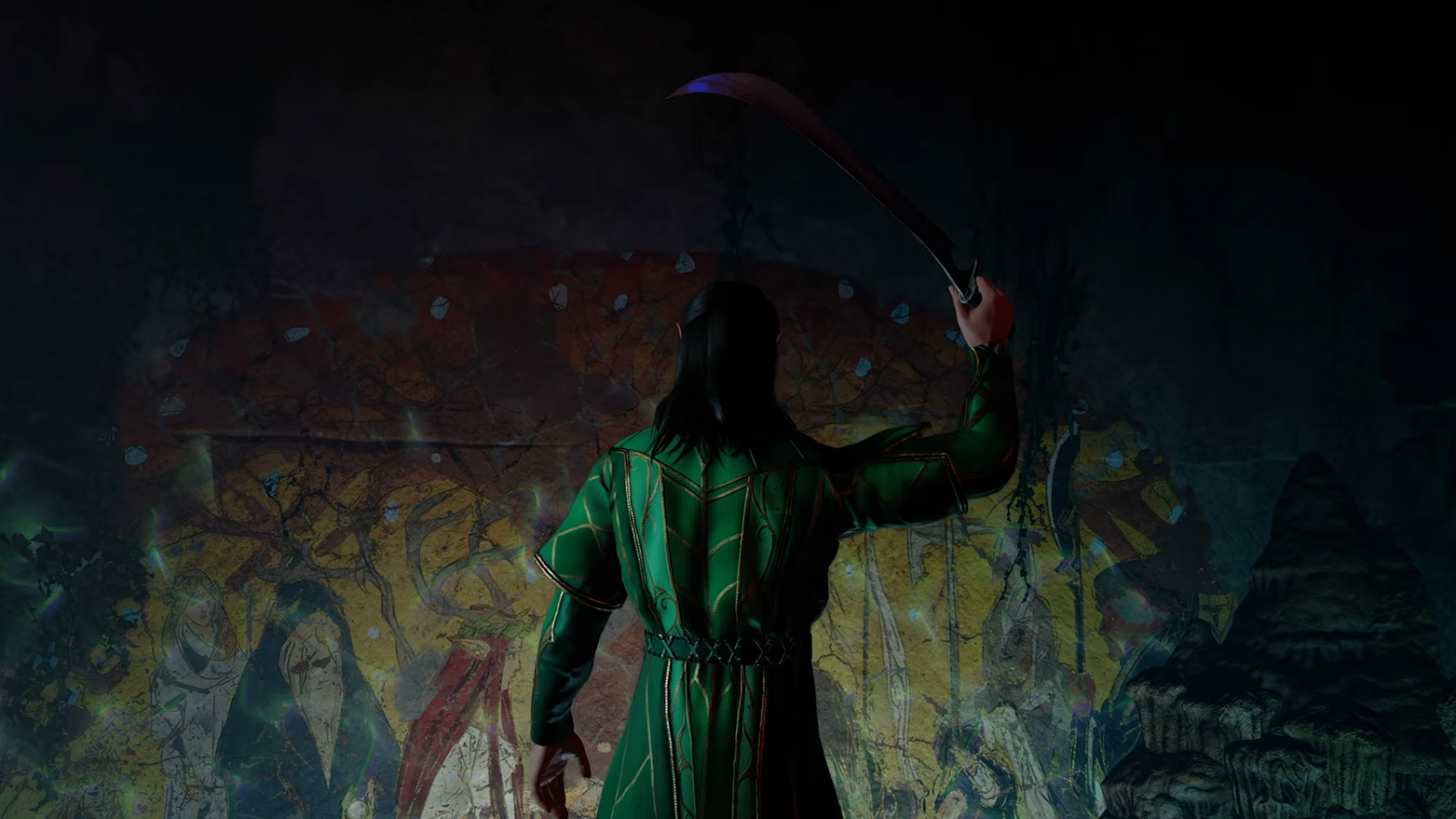
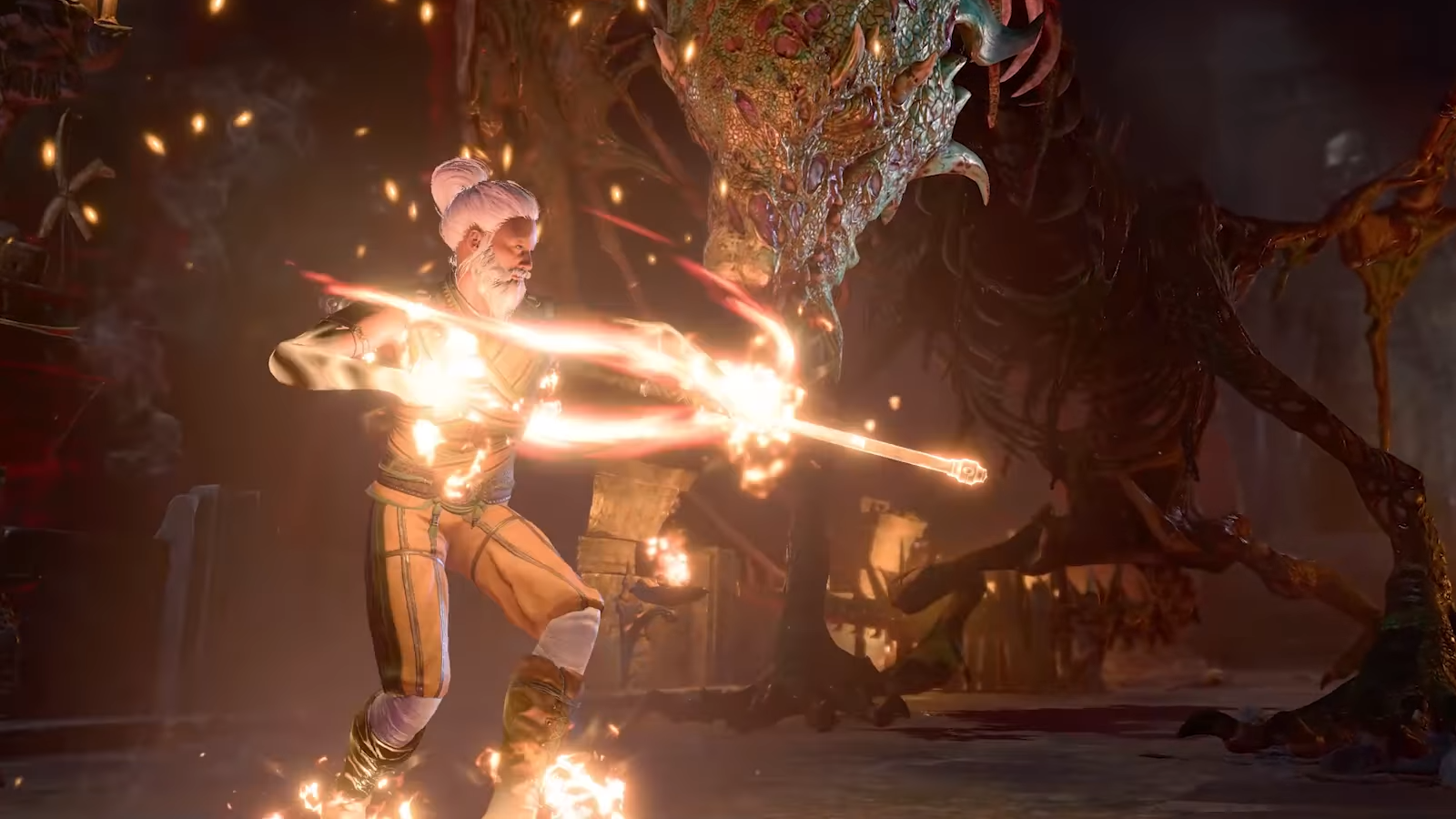
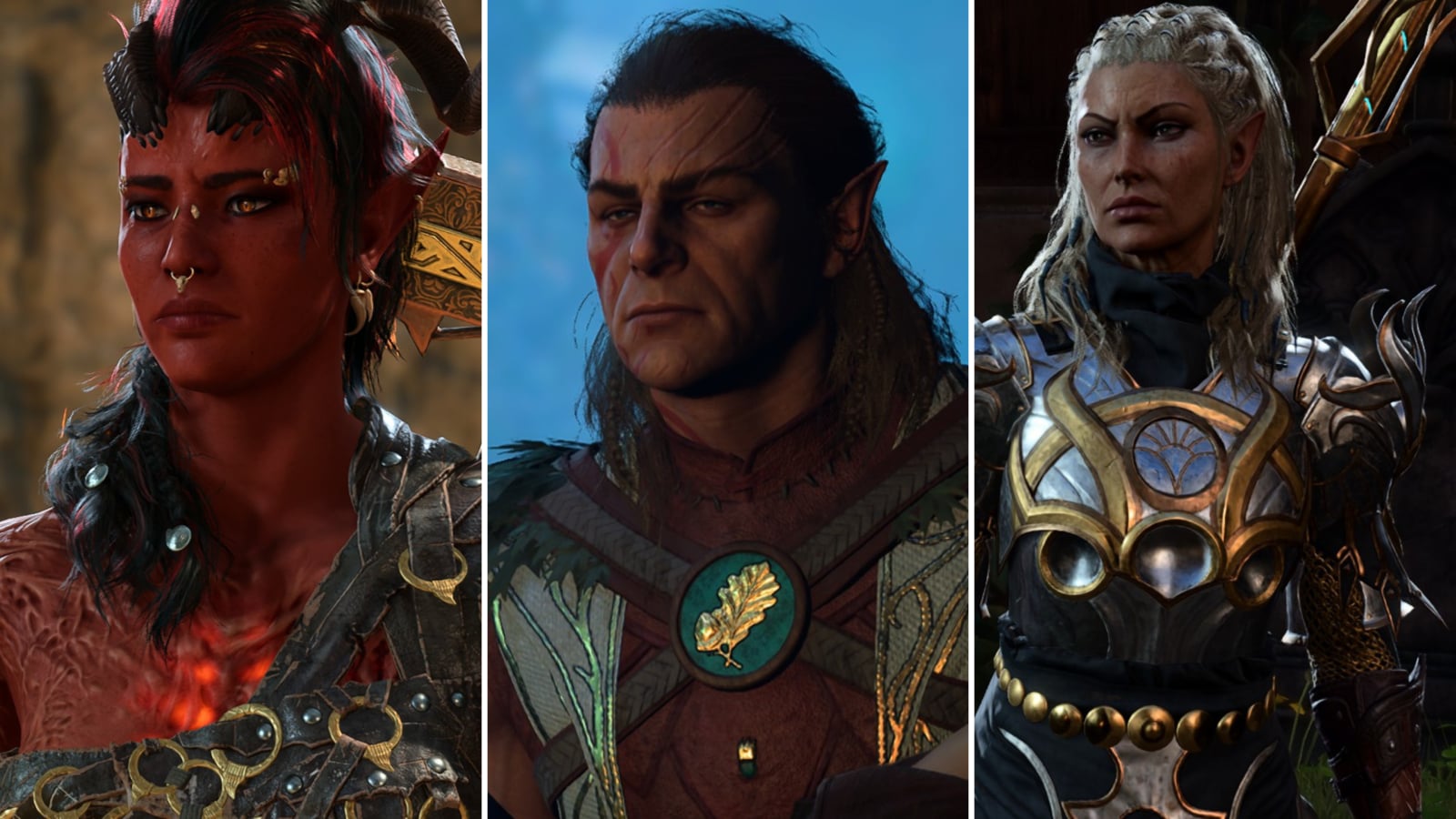
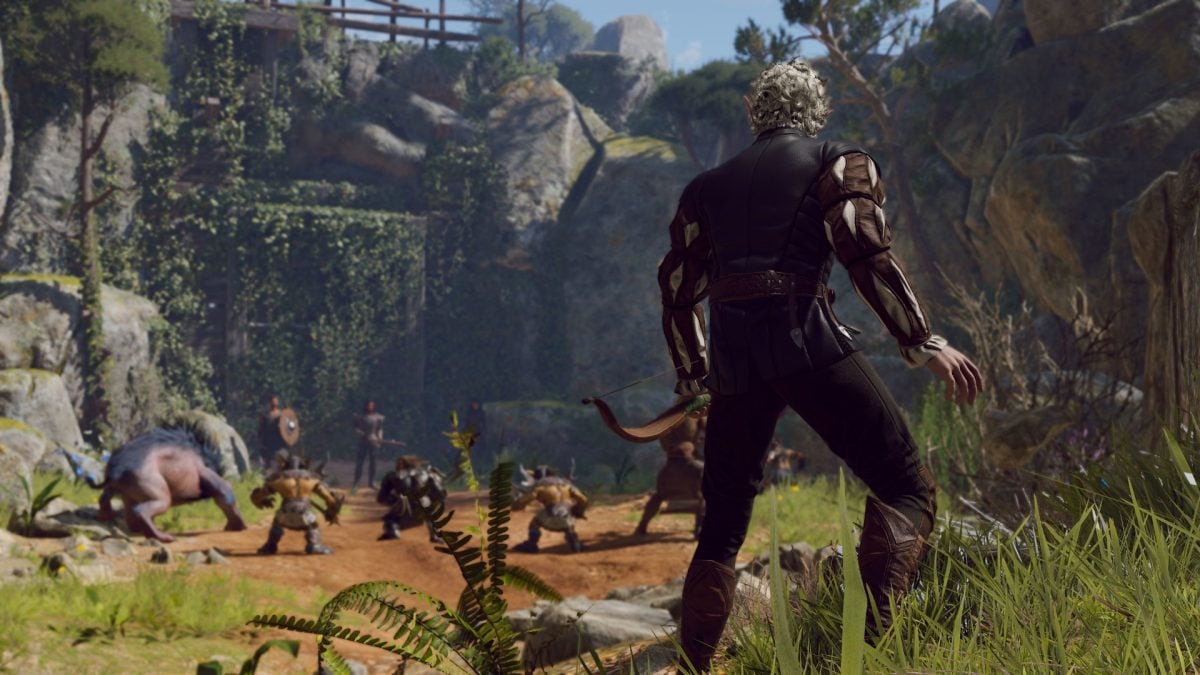
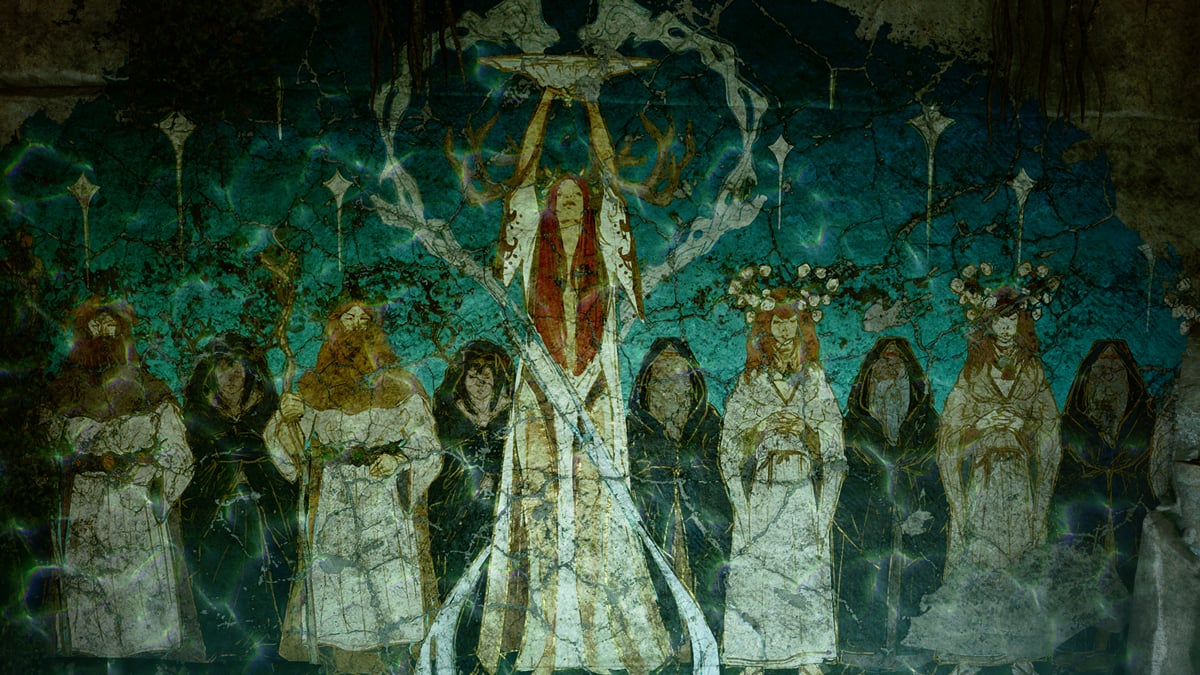
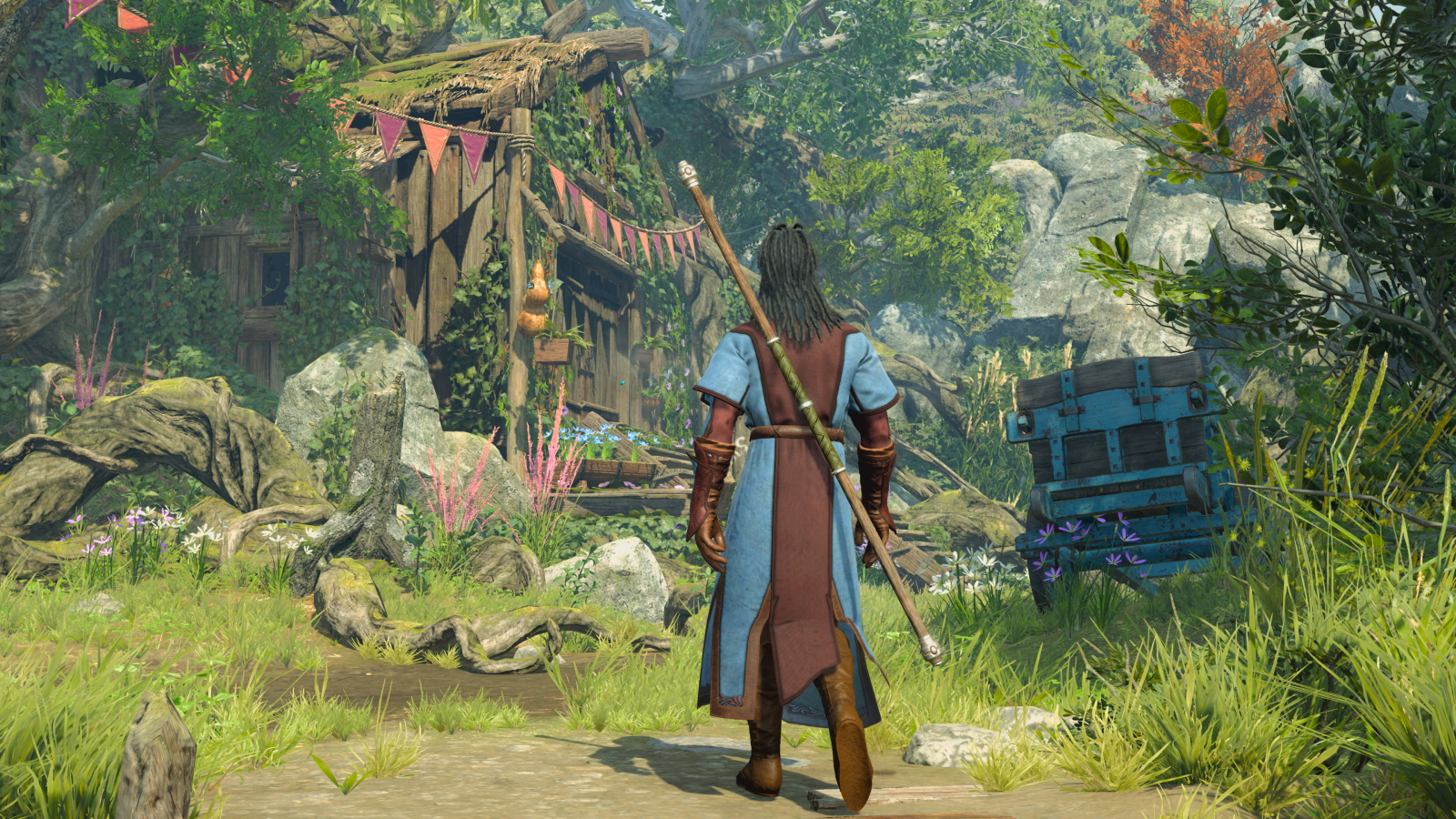







Published: Apr 19, 2025 07:43 am